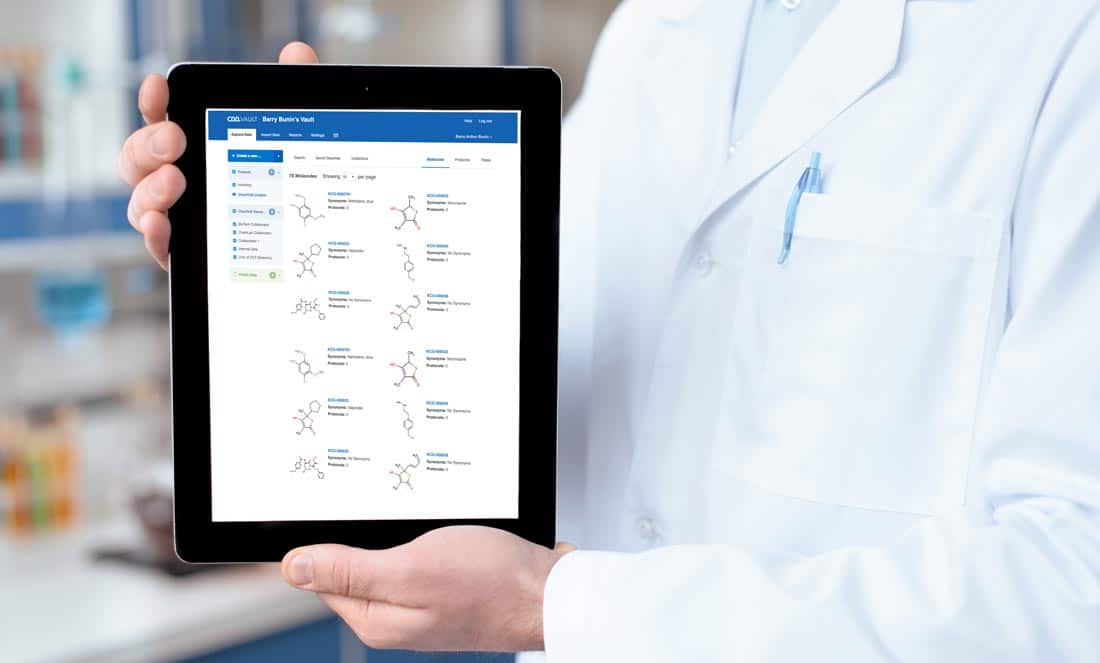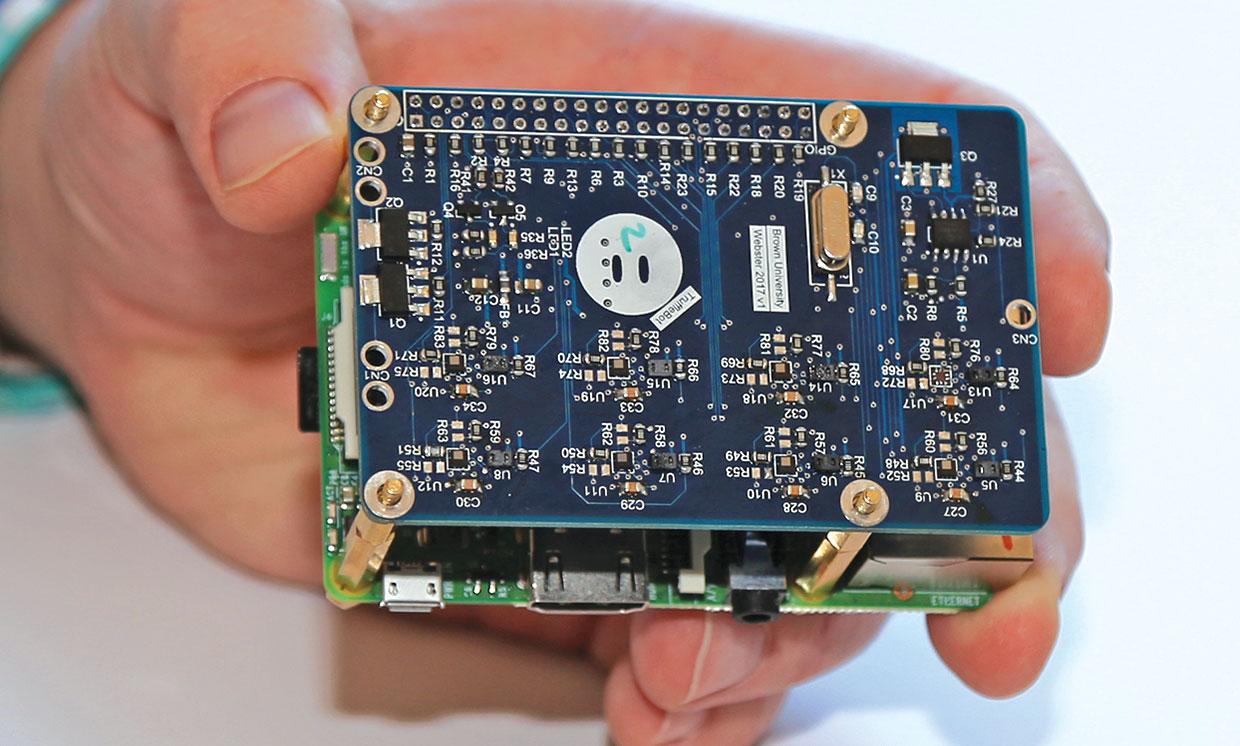What is a Cyclocomputer?
Cycle computers, also known as bike computers, are electronic devices that are mounted to bicycles to track and display real-time data about rides. Some of the most common data points cycle computers track include:
– Speed – Displays your current speed in mph or kph. More advanced units can track average and max speed.
– Distance – Keeps a running tally of your total distance traveled during a ride or resets with each new ride.
– Trip Time – Tracks the duration of your current ride or individual trips.
– Odometer – Acts like a car’s odometer to track your total distance over many rides.
– Cadence – For bikes equipped with a cadence sensor, this displays your pedal rotations per minute.
– Other Sensors – Higher-end units can connect to heart rate monitors, power meters, GPS units, and more.
Basic vs. Advanced Features
Basic Cyclocomputer are all you need to track speed, distance, time and cadence. More advanced units unlock extra sensors, mapping capabilities, and training metrics.
Basic Features:
– Speed, distance, time.
– Odometer.
– Stopwatch function.
– Cadence (with separate sensor).
Advanced Features:
– Edge-lit display for night riding.
– Compatible with additional sensors.
– Onboard mapping/navigation.
– Training metrics (power, heart rate etc.).
– USB charging/downloading.
– Smartphone app connectivity
Mounting Options for Any Bike
Cycle computers are designed to mount to your handlebars, stem or frame using adjustable bands or brackets. Most common options include:
– Handlebar Mount – Clamps around handlebars for optimal viewing position. Fits most bar shapes.
– Stem Mount – Attaches to face of stem below handlebars. Good for road/mtn bikes without large cockpits.
– Frame Mount – Secures to top tube or seat tube. Best for bikes without good mounting real estate on bars/stem.
– Helmet/Arm Mount – Optional mounts affix units to helmets/arms for off-bike navigation.
How to Choose the Right Cycle computer
With the variety of features and price points, determining the right computer for your needs may seem overwhelming at first. Here are some factors to consider:
Intended Use – Cyclocomputer? Trainer? Road rides? Gravel adventures? Consider features matched to your primary riding types.
Budget – Entry-level units start around $30-$50 while advanced computers can exceed $200. Match your budget to desired capabilities.
Display Size – Larger displays offer better visibility but may be bulkier on smaller bikes. 1.5″+ is easily readable.
Sensors – Only need basic stats? Or tracking power, HR etc.? Choose one compatible with all sensors you require now or future.
Mounting Options – Check compatible mounts fit your bike and preferred viewing angles.
Battery Life – Average is 12-24 months but can vary greatly. Consider replacement costs.
Durability – Sealed units stand up to all weather. Others may not like frequent rain rides.
Ease of Use – Complex computers frustrate some. Make sure interface fits your technical comfort.
Best Cycle computer Brands to Consider
While many brands offer quality options, here are some industry leaders to consider when shopping:
– Garmin – Wide range from basic to pro. Integrated mapping/navigation. Rugged and visible displays.
– Wahoo – Sleek designs. Seamless app/sensor connectivity. Training analytics & routing capabilities.
– Bryton – Affordable entry-level to mid-range units. Durable casing. Basic to advanced features.
– Lezyne – Versatile mounting. Waterproofing. Accurate sensors. Good values for casual/mtn bikers.
– Sigma – Ultra-affordable basic computers. Visible displays. Perfect commuter/casual option.
– Polar – Strong in advanced cycling computers and bundle packages incl. sensors.
– CatEye – Dependable and visible. Long-battery simple computers. Good commuter/trainer choice.
*Note:
1. Source: Coherent Market Insights, Public Source, Desk Research
2. We have leveraged AI tools to mine information and compile it.



